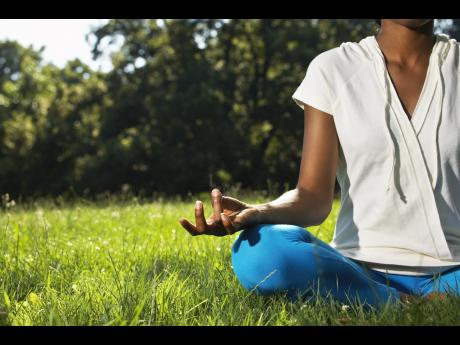Fit 4 Life | Fitness built on posture [Part II]
Posture is too important to foundational fitness to be left to chance. Bad posture hinders performance and leads to injury. In addition, it is easy to create bad posture through improper training and even everyday activities such as sitting.
Not only should posture be actively monitored, but every step should also be taken to ensure a healthy posture is maintained.
Here are a few tips to help you maintain the musculoskeletal balance:
FOCUS ON POSTERIOR-CHAIN STRENGTH
With the amount of time we spend sitting, it is no surprise that postural deviations commonly affect the spine. Muscles such as those in the calves, hamstrings, glutes, spinal erectors and trapezius make up the posterior chain.
When these muscles are out of balance, issues range from poor performance to back pain and injuries. Train the posterior chain twice a week for both strength and mobility.
USEFUL EXERCISES:
Glute bridge, superman/back extensions variations, deadlift variations, calf raises, bird dog
TIP: Focus on form and balance during exercise to ensure postural deviations are not created or exacerbated through exercise.
MAINTAIN FRONT-TO-BACK BALANCE
Ignoring one group of muscles while training others will invariably lead to problems. Because we tend to focus on looks, the muscles on the front of the body are often given significantly more attention in training than the back.
It is not by accident that Mondays are labelled 'International Chest Day'. Such focus on one side while ignoring the other leads to a host of problems.
First, performance and progress are hindered; if supporting muscles are lagging, you will not be able to work efficiently.
It gets worse, though. Front-to-back imbalances lead to postural deviations such as lordosis and rounded shoulders and you know where it ends? Pain and injury.
MAINTAIN A STRONG CORE
Keeping the core muscles strong offers protection against many postural imbalances. The core is more than the abs, though. Core strength requires strong abdominals, obliques, hip flexors, glutes, spinal erectors and lats.
USEFUL EXERCISES:
Leg raise, sit up/crunch variations, glute bridge variations, pull-ups/row variations
TIP: Train core muscles regularly – at least three times a week.
MINIMISE THE EFFECTS OF SITTING
Sitting creates a host of problems when it comes to posture – ranging from weak glutes to excessive pressure on the spine. To minimise these effects:
1. Reduce time spent sitting – if you spend long hours sitting, take regular breaks.
2. Design your space – whether at work or at home – to reduce the effects of sitting, for example, use armrests and adjustable chairs; and ensure proper lumbar support.
- Marvin Gordon is a fitness coach; email: marvin.gordon@physiqueandfunction.com; yourhealth@gleanerjm.com

